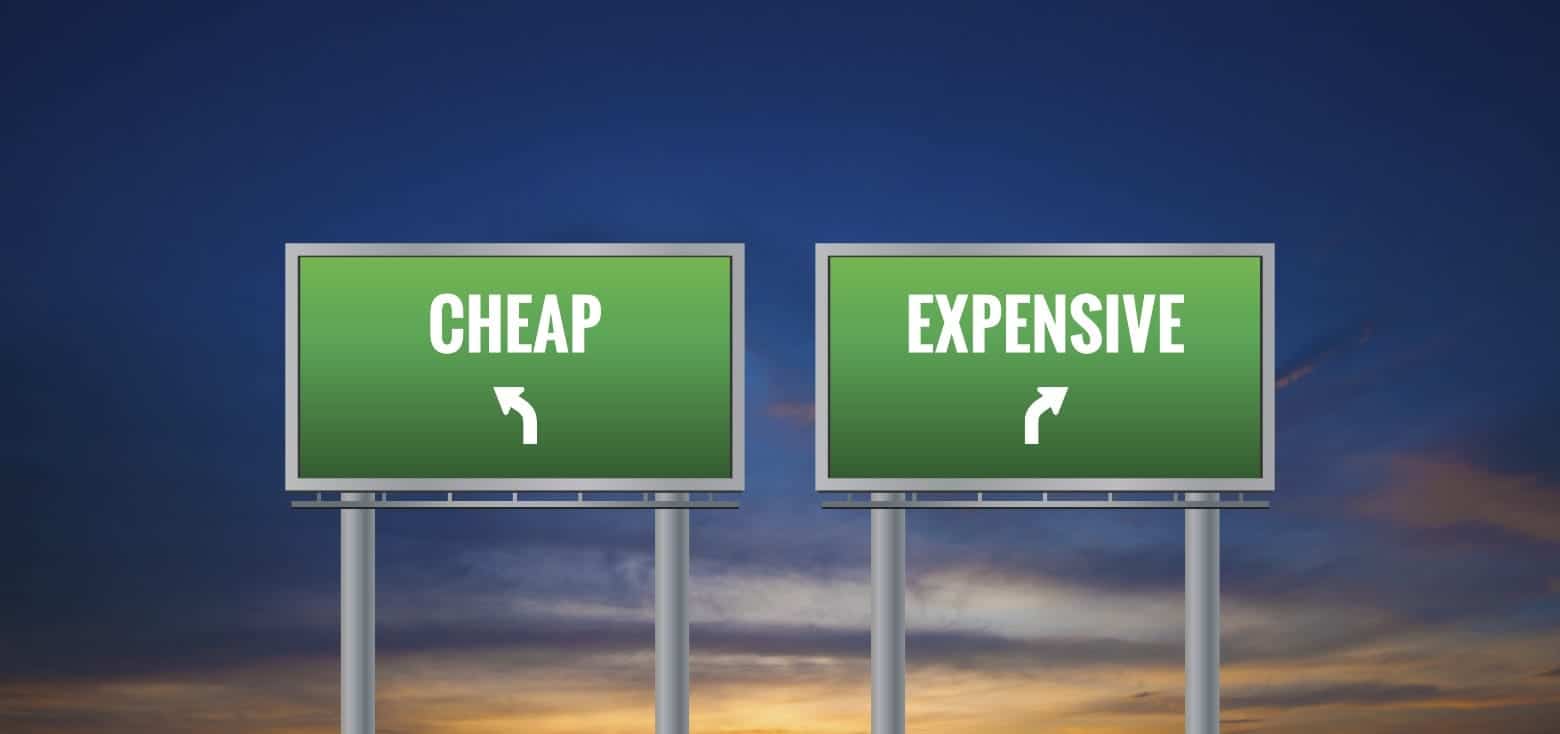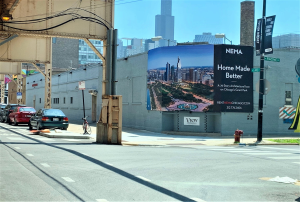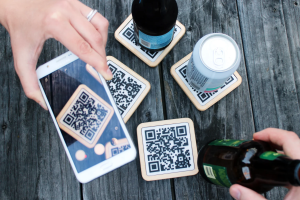This article discuss overall billboard prices and whether it is s worth marketing investment.
Coronavirus and the Outdoor Advertising Industry
As the effects of the economic impact of COVID-19 crisis continue to spread with the advertising industry, advertisers start feelings its destructive effects. Marketers are facing a challenge to adapt the advertising message and tactics. Traditional billboards will not be effective as the consumers will be more distanced and spend more time in their homes.
A survey conducted by the platform Numerator indicated many industries are shifting their advertising messaging. As example, restaurants are pivoting to food delivery message. The food industry has been quick to pivot their messaging to focus on in-home delivery options. The increased “work from home” periods will naturally lead to an increase in the time spent at home. Traditional OOH will be replaced by in-home advertising.
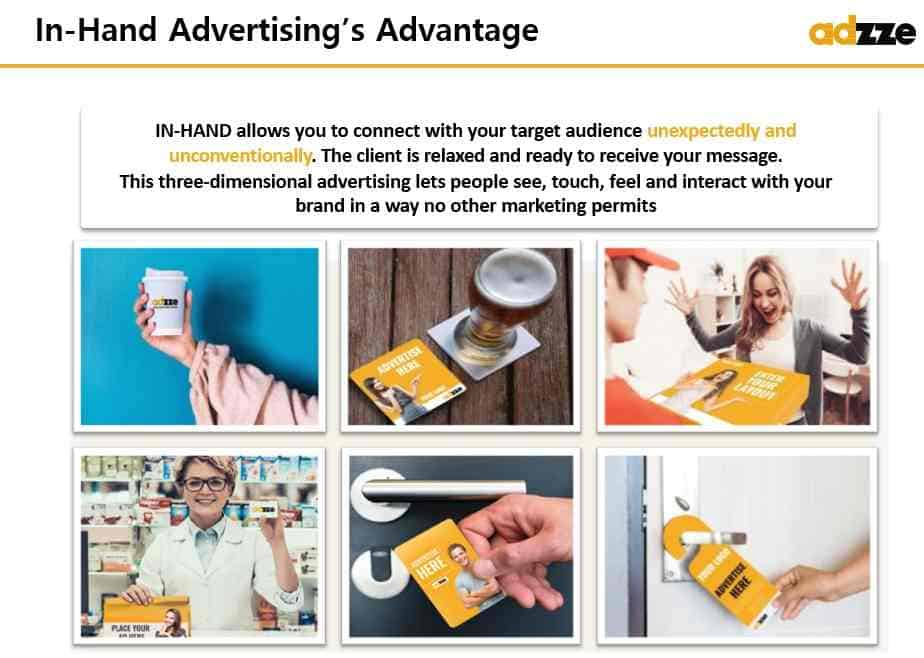
Adzze has been working with its clients to adapt to a more sensitive message. The team has been extending the capabilities to offer advertising options that can reach the consumers at their safest place: at home. One of these concepts uses pizza boxes as advertising space that gets delivered at the homes of the audience. Think of this as small moving billboard that your target audience will grab in their hands. Studies demonstrated that this type of ads can evoke an 80% recall rate (8 out of 10 households individuals remember to see an ad on the pizza box) with an average ROI of 150%. This means, for every 1 dollar the advertiser invested in a pizza box advertising campaign, they received at least additional 2.5 dollars of sales. For more details see the article Estimating the ROI of Pizza Box Marketing.
The average American is exposed to somewhere between 4,000 and 10,000 advertisements each day, and some of them are no doubt billboard ads (1). Facing this permanent flooding of information, many people feel constricted in their freedom to make independent consumption decisions. The classical types of advertising lose their power to attract consumers’ attention putting into question if the costs are delivering any type of return.
Billboard prices: what ate the influencing factors?
Advertising costs are usually referenced in cost per mille (CPM), or cost per thousand impressions. In case of billboard prices, here three factors:
Circulation: Circulation is the total volume of traffic that passes the billboard, as derived from transportation authorities. The circulation does not take into account whether passersby see your ad.
Demographics: A billboard’s demographics are a breakout by age, gender, and income level of people who typically pass a billboard. Expect to pay more to advertise to people with higher income levels.
Impressions: Impressions are the likely number of people who actually see the ad, based on the size of the billboard, visibility, the speed at which people are passing, and other factors. This is derived from the circulation and the location of the billboard.
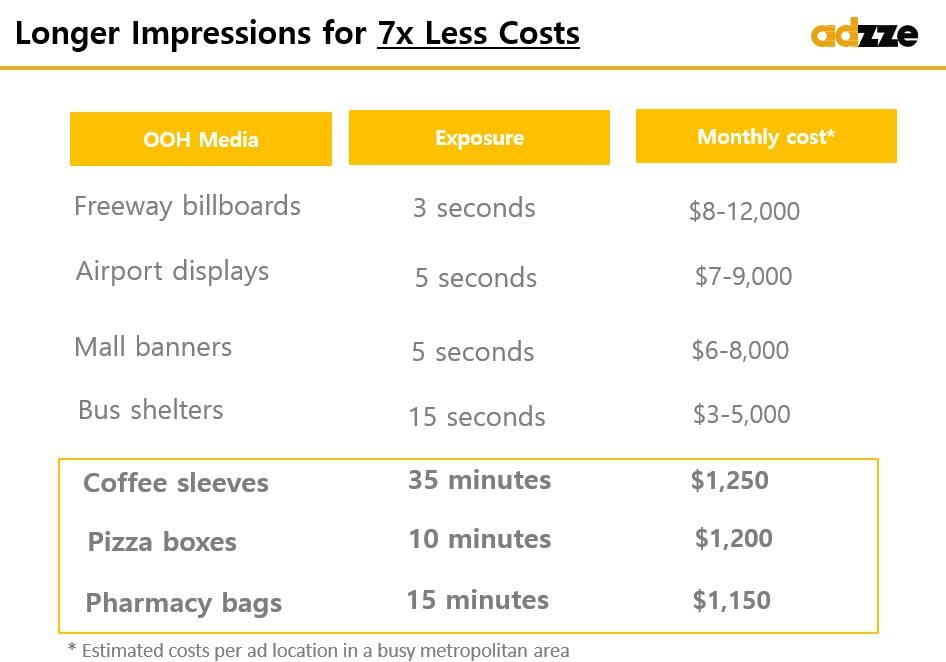
Billboards will be no longer effective
By the end of second quarter of 2020, Barron’s projects that ad agencies would have lost billions of dollars from their income statements, leaving the future of media businesses endangered, if not crippled. Prior to the coronavirus outbreak, in December 2019, the U.S. ad market was projected to grow by 4.4%, mostly from selling ads related to politics and sports. But as of March 2020, revised forecasts indicate that Print and radio ad revenues are expected to drop by 25.4% and 14.1%, respectively, while OOH advertising will drop by 11.8%.
OOH advertising agencies will need to rethink their strategies before the damage deteriorates to them bleeding clients too. According to a survey conducted by the Interactive Advertising Bureau, it is believed that traditional out-of-home advertising is expected to suffer (Forbes) an estimated ad spend decline of 51% for March and April and a decline of 41% for May and June.
Billboard prices in different metro areas
Billboard prices in New York ranges from $3,000 to $20,000/month, and in Los Angeles billboard costs range from $2,000 to $15,000/month. In Chicago, billboards’ cost ranges from $2,000 to $12,000; San Francisco billboards’ cost ranges from $2,000 to $12,000; and in Philadelphia billboards cost from $1,500 to $12,000/month (2).
Are there alternative options?
Many small and medium sized enterprises are forced to find innovative ways of cost effective advertising with limited marketing budgets. Guerrilla marketing emerged in this meantime to address this cost challenge. The main concept of the guerrilla is to surprise consumers with unusual ads in order to draw their attention to the advertising message. The surprise effect leads to a change in the cognitive activation and better assimilation of the advertising message making it memorable and therefore improving the brand lift.
One effective guerrilla instrument is In-the-Hand advertising. This concept relies on placing ads on consumables that the target audience can’t ignore as they have to take them in their hands. Such consumables can be Coffee Cups, hotel key cards, door hangers, shopping bags, drink coasters, pizza boxes.

For example, consider drink coasters. In many bars, if not all, coasters hold glasses in place. Interestingly, these items could be prime advertising spaces for advertisers that want to reach a certain demographic of people. Say, for instance, that a liquor company would like to advertise to beer lovers. What happens is that the company can custom print drink coasters and then supply them to select locations. The idea here is that every time a patron lifts the glass to sip liquor, they stare at your ad. Interestingly, this will go on for as long as the drinking goes on. Therefore, your brand will have the highest level of exposure to the target audience.
The shift to In-Home Advertising
A survey conducted by the Interactive Advertising Bureau (IAB) interviewed nearly 400 media buyers and brands. They found out that 63% of the brands plan to change their messaging strategy as a result of the coronavirus. Consumers do not expect Brands to stop advertising. Instead, they expect the message to be sensitive. The advertising message should reinforce reassurance and reach the consumer at the right location.
Fortunately, Adzze’s new age marketing strategies offer innovative ways to navigate the storm and help brands to take their message into the homes of the consumers. Unique advertisement ideas have surfaced across the landscape; these strategies include placing ads pizza boxes and door handles that can reach the consumers at their homes. As simple as they sound, they generate guaranteed impressions delivering the ads at consumer’s homes.
The advertisement is printed on pizza boxes (or pizza toppers) and shipped to the pizzerias that the advertiser selected. The advertising pizza venues distribute to the consumers locally or they deliver at their homes. These venues are recognized pizza chains, so the advertiser has exposure to reputable brands. The pizza box ads get delivered in the hands of the consumers at their homes reaching on average 45 min of brand exposure. Sometimes the consumer leaves the pizza in the fridge generating additional exposure. On average, each Pizza Box Advertising venue delivers 2,000 pizza box ads per month with an estimate 1.8M impressions/month.
There are few reasons why marketers would choose Pizza Box Advertising instead of other traditional media vehicles:
Sources:
- Duncan, A., 2019. Why Use Billboard Advertising? The Pros and Cons. The Balance Careers.
- Queiroz, R., 2019. How Much Does a Billboard Cost? Dash Two.

